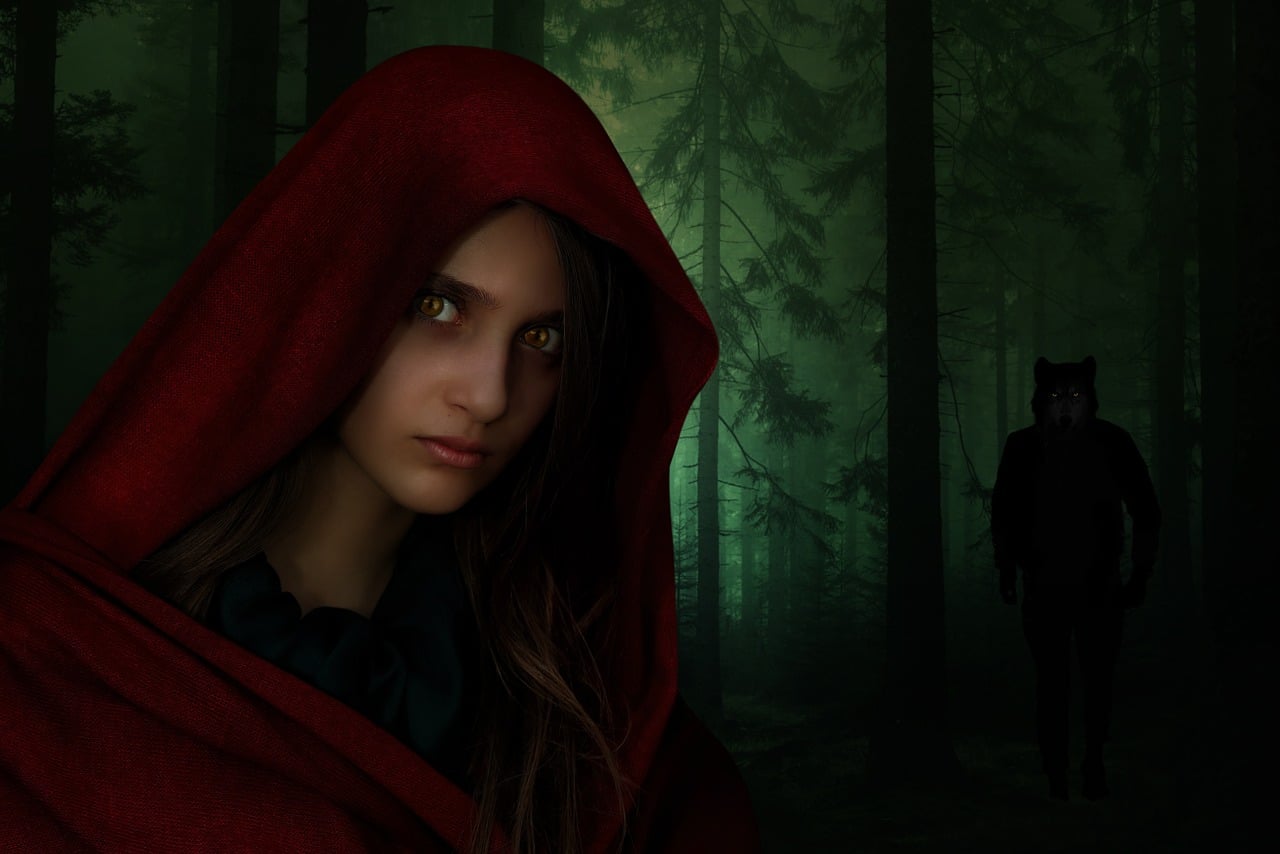Why write a children’s book? Why not?! But seriously, writing a book for children can be a great way to prepare yourself for writing a novel, entertaining your own children or grandchildren, or just to expand your skills.
For younger children, you’ll need to incorporate pictures of some sort (you may find that a collaboration with an artist or illustrator may help with this), and for every child’s book you will need to keep the pace up – children don’t have time for long and winding descriptions of people and places, they want action!
To be fair, many adults feel the same way. It can be much more satisfying to get through a story that is 120 pages long and takes you on a rollercoaster ride than it is to read a 6,000 page masterwork that details someone moving from point A to point B. I may be looking at you, JRR Tolkien, or potentially I’m looking at the people who turned a shortish book (The Hobbit) into 3 loooooong films. There’s just no need.
Why Should I Write a Children’s Book?
Because it stretches your writing skills and grows you as a human being – is that a good enough set of reasons? You will need to think outside the box and produce a story that entertains and delights. You can’t use any tricks that an adult would know, you really need to get into the mind of a child.
Even if you never intend to publish the book, it is a great exercise to write a story for children as you can work out your plot points in a new way. There’s no three-act play, there’s no rise and fall and gradual build to a finale – it’s up and away from the start.
Look at some of the classic children’s stories. In Little Red Riding Hood, a girl sets off to Grandma’s house. Meanwhile, the wolf plots to eat her and disposes of granny before Red gets there. The kids can clearly understand there’s a wolf in the bed, but Red is oblivious to the fact…and a little repetition builds the tension. Just when they can’t take it anymore, the wolf is ready to eat Red…a crescendo!
And then it just gets higher – the woodcutter comes in and deals with the wolf. Up and up and up!

Similar tension builds for Goldilocks as she gets deeper into trouble trying various things out…until the bears come back and there’s a danger she’ll get eaten. I always found Goldilocks to be a bit of a bad girl…breaking in and eating food and all that. Turns out, in the original version, she wasn’t the lovely little girl she is portrayed as later on. Get your own porridge, Goldi-thief!
There’s another thing common to many of these stories, and that is an element of fear. Will the main character be eaten, killed, sliced, diced, or liquified? Modern stories for children often take a lighter route…but perhaps kids like to imagine little terrors being eaten. Who knows?
Is writing a children’s book profitable?
Should you choose to publish your book, there are a few things to keep in mind. An attractive and high-quality cover always gets good results, but the story must hold up – if children find it boring and it doesn’t entertain, you’re not going to get many sales.
Just like any other book, you must invest in marketing. Whether this is a financial investment or simply an investment of time is up to you, but you can’t just put it out there and hope for the best.
If the book gets enough traction, it can certainly be profitable, as can any other book. The difference with books for children is that they are often quick hits, read once, and then not read again. If your book does become popular, it may help to release further stories – so make sure you have a few ideas in mind.
However, there is an equal chance that your book will just fade away, especially if you are not a well-known author. Don’t lose heart – just review your marketing strategy and your book cover. You might need to consider appealing to parents as well as children!
Writing a children’s book is profitable if you can get the sales in, but more than that, it can just be plain fun to create such a story.
